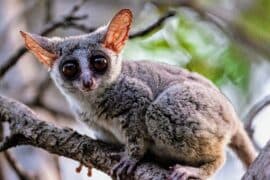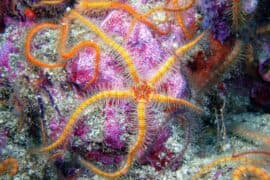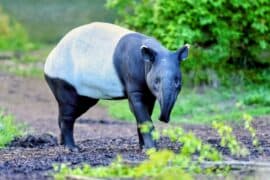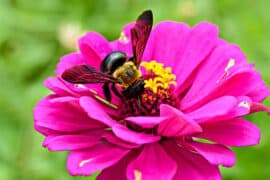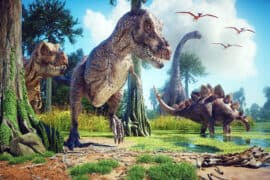Red earthworm
(Lumbricus rubellus)
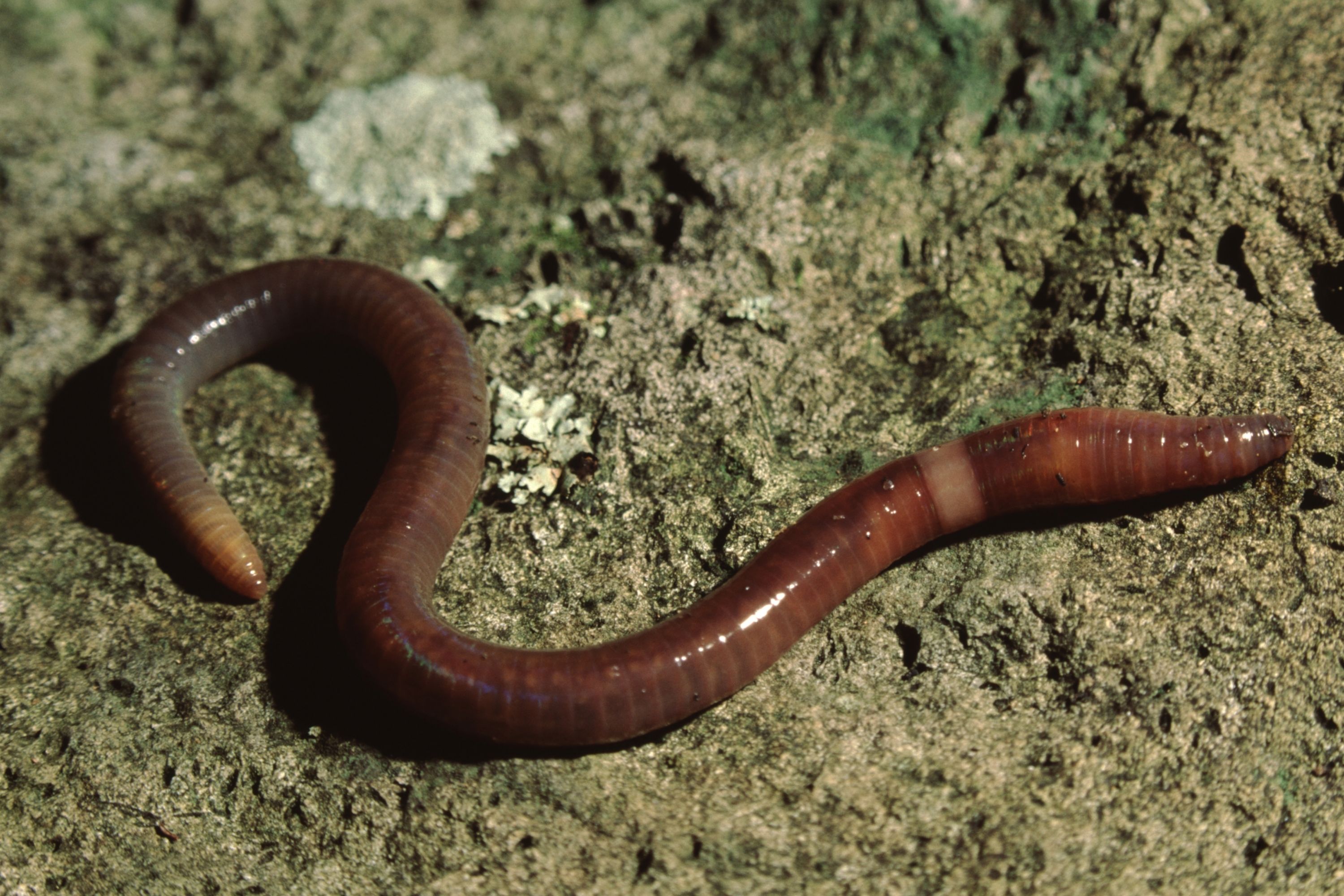
Description
Lumbricus rubellus is a species of earthworm that is related to Lumbricus terrestris. It is usually reddish brown or reddish violet, iridescent dorsally, and pale yellow ventrally. They are usually about 25 millimetres (0.98 in) to 105 millimetres (4.1 in) in length, with around 95–120 segments. Their native distribution was mainland Europe and the British Isles, but they have currently spread worldwide in suitable habitats. Lumbricus rubellus naturally lives in soils high in organic matter, preferably dung and feces. The worms require loose soil to burrow in and soil moist enough for gas exchange. Further requirements include such abiotic factors as pH and temperature. Various abiotic factors are significant to Lumbricus rubellus. pH is of particular importance; a range of 5.5 to 8.7 is acceptable with a preference for neutral soils. Temperature is also significant, with implications for growth, respiration, metabolism and reproduction amongst other things. An ideal temperature is 51 degrees Fahrenheit (10.6 degrees Celsius). A further abiotic factor is moisture, which is important for respiration. A similar species, Millsonia anomala, was most active at 10–17% moisture content. The substratum for Lumbricus rubellus is related to the species food sources and pH and moisture requirements. Dung is the species preference. With regards to light intensity, most earthworm species are photonegative to strong sources of light and photopositive to weak sources of light. This is attributable to the effects of intense light, such as drying and a lack of food sources found above ground for earthworms. The sense organs of Lumbricus rubellus associated with feeding are on the prostomium, located at the anterior end of the organism. The chemoreceptors here are sensitive to alkaloids, polyphenols, and acids. Negative responses are caused by acid and alkaloids (at certain levels), while polyphenol sensitivity identifies different food sources. Chemoreceptors can also be found on other parts of the organism's body. These serve to direct the organism away from dangers such as temperature or pH variations, and to direct the organism towards possible food sources. Lumbricus rubellus is a saprophage which feeds on organic material that is in a high state of decomposition. In ecosystems, earthworms such as Lumbricus rubellus increase the rate of transfer between trophic levels by making it easier for plants to uptake nutrients.
Taxonomic tree:

